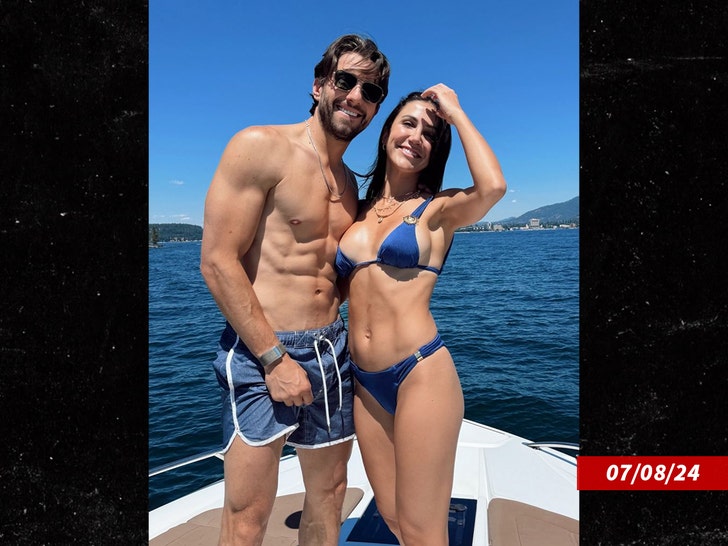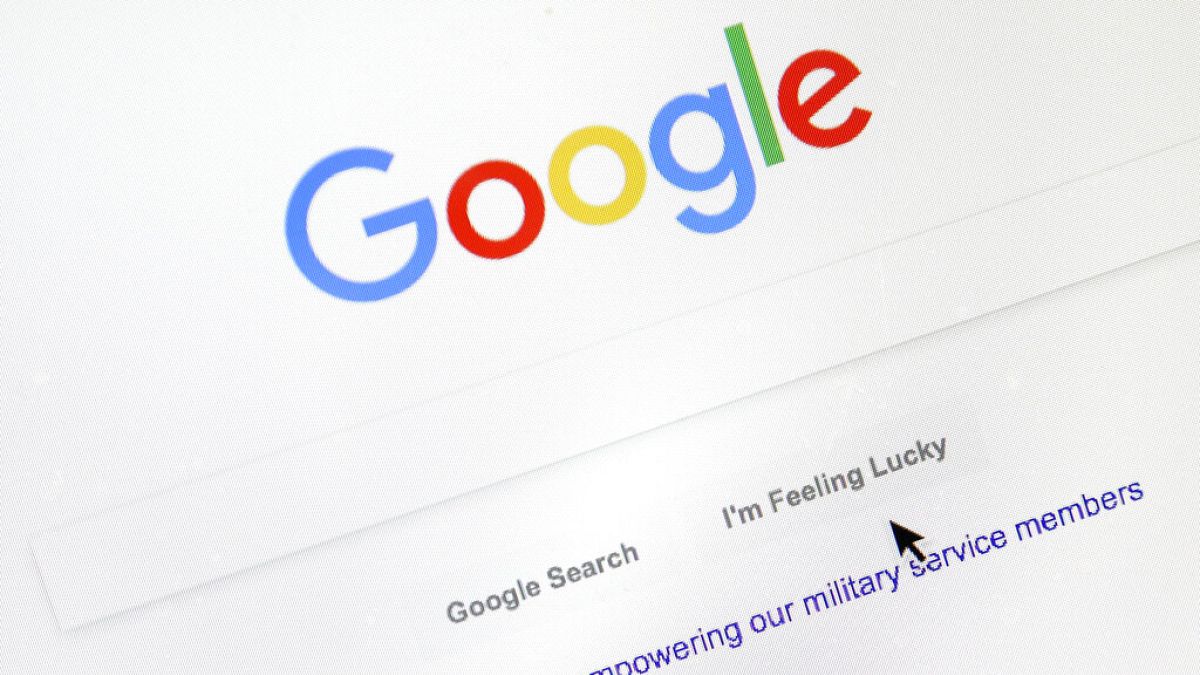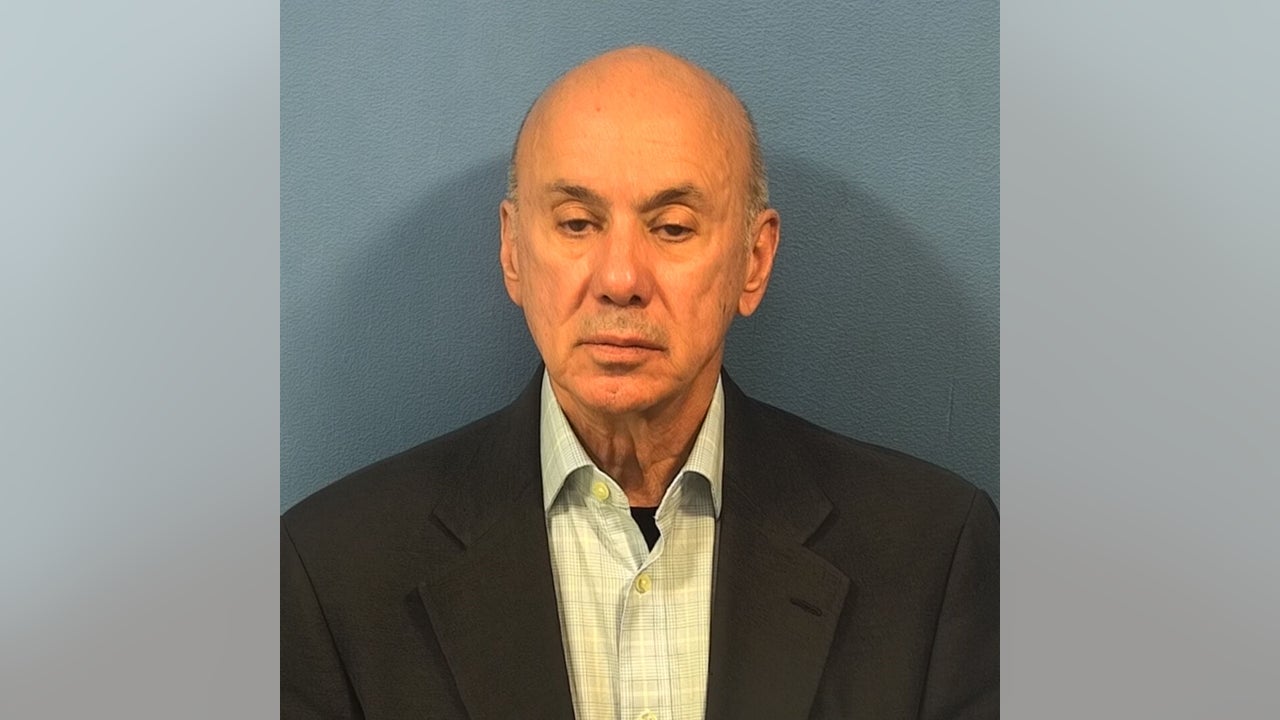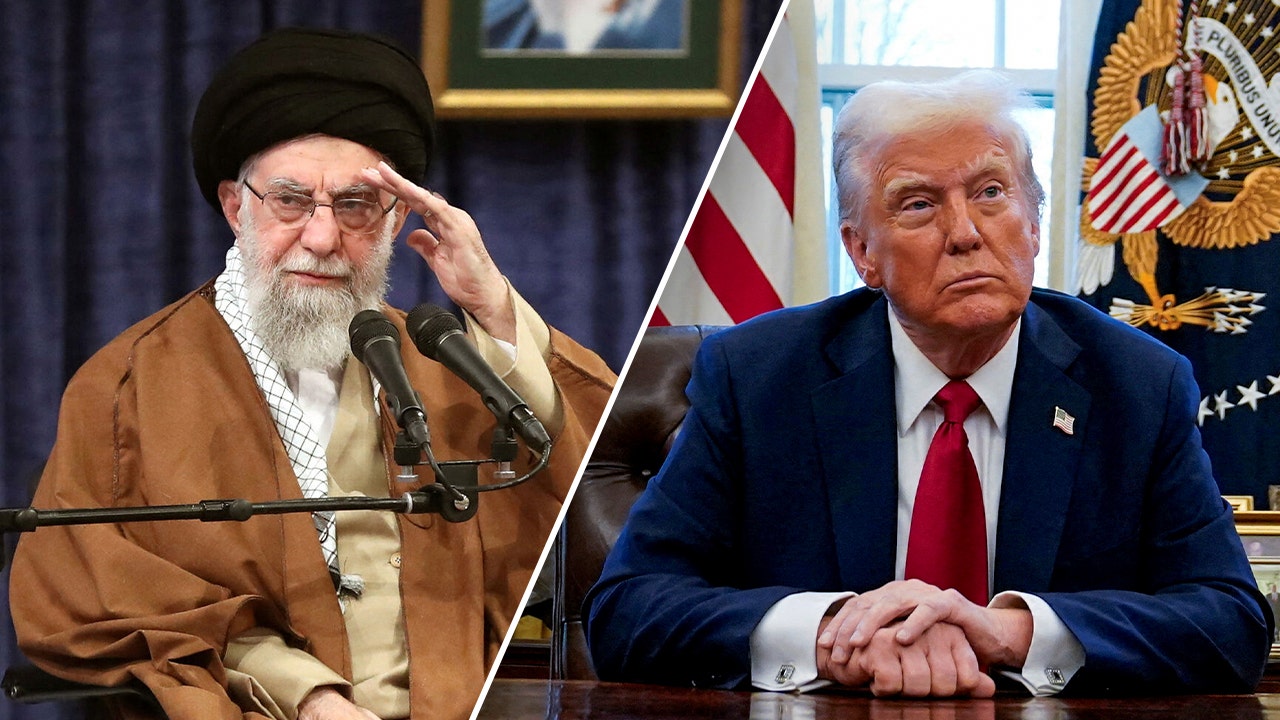Lifestyle
Kat Stickler Enjoys the Single Life in Sun-Soaked Hot Shots

Kat Stickler
Slaying Single Life in These Hot Shots!!!
Published
Kat Stickler‘s proving single life ain’t all that bad … ’cause she’s living it up months after her breakup from former ‘Bachelor’ star Jason Tartick.
The YouTuber and influencer is regularly hanging out in tropical locales … seen here lying back in an orange bikini on a recent trip down to Mexico.

Orange might be the new black … but, sometimes the old black is just as good — so, Stickler’s also got this tiny bikini which she’s featured in some of her other IG posts.

And, whether on vacation in places like Puerto Vallarta or hanging out in L.A. … Kat’s always ready to pose for a shot — proving all angles are her good angle.
Like we said … Kat and her ex Jason split back in October after about six months. While they’re no longer together, the split appears amicable — ’cause both said they wish the other best after it just didn’t work out.

Despite the split, it looks like Stickler still living her best life … and wearing a whole lot of gorgeous outfits to boot!

Lifestyle
Kristi Noem’s Rolex at El Salvador Prison Draws Attention

What do you wear on a visit to one of the world’s most notorious prisons?
If you’re Kristi Noem, the homeland security secretary who visited El Salvador’s massive Terrorism Confinement Center on Wednesday, the answer was a white long-sleeve top, gray slacks and a baseball cap emblazoned with the Immigration and Customs Enforcement logo.
Oh, and a gold Rolex Cosmograph Daytona that sells for about $50,000.
Ms. Noem traveled to the prison, known as Cecot, where the Trump administration this month sent hundreds of Venezuelan deportees. Earlier this week, the U.S. Court of Appeals for the District of Columbia Circuit denied the government’s attempts to restart the deportations, which a federal judge had blocked earlier in March. On Friday, the Trump administration asked the Supreme Court to allow it to resume the deportations.
At Cecot, as Ms. Noem filmed a video in front of a row of prisoners that were crowded tightly into bunks behind bars, her flashy watch bulged from her wrist, standing out in an austere scene.
The display led to a great deal of criticism on social media from people who questioned the taste of wearing such a pricey watch for the visit. Cecot, which opened in 2023 and was designed to hold as many as 40,000 prisoners, was a signature initiative of Nayib Bukele, the El Salvadoran president who has gained an international reputation for dealing with his country’s gang problem through mass incarceration — a campaign that has been criticized by multiple human rights groups.
In a statement about the watch, Tricia McLaughlin, homeland security’s assistant secretary for public affairs, wrote that Ms. Noem used the proceeds of her books “to purchase an item she could wear and one day pass down to her children.” Ms. McLaughlin did not address the decision to wear that potential heirloom to Cecot.
It is perhaps not a surprise that Ms. Noem, formerly the governor of South Dakota, owns a Rolex — the Swiss brand has been a watch of choice for politicians for decades. Former president Joseph R. Biden Jr., a known watch enthusiast, wore a Rolex Datejust to his inauguration — a choice that led to some criticism from the right. Presidents Trump, Ford and Reagan all wore Rolexes. And even the former Soviet leader Leonid Brezhnev made a concession to the fruits of private industry when he wore a gold Datejust.
According to the watch journalist Brynn Wallner, the founder of Dimepiece, a site for female watch enthusiasts, the Daytona is among the most sought-after Rolexes. First produced in 1963, the watch shot to popularity when Paul Newman started wearing one. Today, the watch is hard to get — buyers typically have to sit on a yearslong wait list to buy it from an official dealer — and as a result, many resort to paying inflated prices on the secondary market.
“If you’re buying it, you’re flaunting the fact that you can even get one,” Ms. Wallner said. “And you probably pay a little more for it than you had to. It’s a flex piece. It’s a signifier of wealth. It’s not subtle at all.”
Paul Altieri, the founder and chief executive of Bob’s Watches, an online marketplace for the resale and trade of watches, agreed.
“Rolex intentionally keeps supplies limited to maintain exclusivity,” he said. “Most customers won’t be offered one unless they have a longstanding relationship with the dealer or are high-priority clients.”
That Ms. Noem’s watch was quickly identified was to be expected. “Watchspotting,” the internet sport of identifying the watches of public figures, has flourished in recent years.
At the Super Bowl in February, enthusiasts immediately identified a Jacob & Co. Caviar Tourbillon on Tom Brady’s wrist, which retails for more than $700,000. Jay-Z was even more extreme at last month’s Grammy Awards, wearing a Patek Philippe Minute Repeater Perpetual Calendarwatch, which retails for more than $2 million. Mr. Trump is often spotted wearing luxury watches beyond just Rolexes, and also has his own line of signature watches that cost as much as $100,000 each.
Watchspotters often pay close attention to any glimpses they can get of watches during awards shows and galas, and they quickly report what they find online.
Now, thanks to Ms. Noem, they have expanded their purview to prisons.
Lifestyle
L.A. Affairs: Our home survived the Palisades fire. Our love almost did not

I’ve been thinking a lot lately about a quote widely attributed to Tennessee Williams: “We live in a perpetually burning building, and what we must save from it, all the time, is love.”
When the Palisades fire broke out in January, forcing my teenage daughter and me to evacuate from our quaint canyon home while my husband was at work on the other side of town, I did my best to gather our most essential items before heading for safety. Drenched in a cold and sudden sweat, I grabbed our family’s passports, a baby album, my vintage Levi’s — tossing them all into a large silver suitcase.
As my girl and I crawled out of Santa Monica, inching our way through a clogged artery of cars, I felt as though I were in a dream: Neighbors lined the streets, loading up the trunks of their cars while a massive plume of black smoke hunted us in our rearview mirror. Between chatting nervously with my daughter and navigating the roads, it occurred to me that I’d forgotten my grandmother’s brass heart-shaped locket. I’d forgotten the framed photo of my husband and me from our honeymoon to Maui decades earlier. While my daughter tried to calm our two panting pups in the back seat, I worried: What else had I forgotten to save?
No one knew at the time that what began as a local wildfire would quickly come to decimate our city; a beloved small town within the larger landscape of L.A. And I had no idea that my own life — specifically my marriage and the little family we’d created — was itself about to be scorched.
When you choose to live in Los Angeles, you do so with the understanding that, at some point, you may be required to brace yourself for all manner of natural disasters. Earthquakes are the one that have always scared me the most. As a little girl living with my mother in Ohio as my father resided in L.A., I used to pray at bedtime that he’d make it through the night. When, at 18, I finally made my way out West for good, I began reciting the same prayer for myself.
Fires weren’t so much on my radar, but as it happens, they have the ability to shift the earth beneath one’s feet just as drastically. After days of uncertainty, staring at the Firewatch app as miles of hillside and countless numbers of homes were reduced to ash, we let out a collective sigh as we learned that our house remained standing. And yet with the entire contents of our home ravaged by toxic soot and smoke, we, along with thousands of others, were displaced, forced to find temporary housing.
Five weeks passed in a fever-dream of Airbnbs and air mattresses until, finally, we were able to secure a short-term lease on a place of our own. It was a minor miracle in the current L.A. market of limited availability and price gouging. Standing in the barren living room of an unfurnished Hollywood rental, my husband and I should have collapsed in relief. Instead, we did what any exhausted couple of 20-plus years might do: We fought.
“I need a break,” he said, jaw clenched.
“What do you mean?” I shot back. But after months of couples therapy, I knew exactly what he meant. He needed a break from us, or, rather, from me. Our dogs barked incessantly.
I dropped my head into my hands and squeezed hard — a futile attempt to contain the chaos in my brain. Tears forced their way through closed lids, streaming hot down my cheeks. As a little girl growing up in the ’80s, one of my favorite movies was “Firestarter,” starring an 8-year-old Drew Barrymore. When enraged or overwhelmed, Barrymore’s character would start fires with her mind. I remember fearing back then that I, too, might have this power, so profound was my pain.
Now, despite decades of my own inner work, despite years of actively trying to not be ruled by the wounds of my past, I couldn’t help but to detonate at the threat of my husband leaving me.
But having a child means that even during times of disaster, natural or self-made, we must carry on. As the days passed, I attempted to blend our old life with our new one by scattering our few family photos around the apartment, helping my daughter navigate a new bus route, dealing with insurance adjusters. Yet as my husband grew increasingly more distant, I sank into a state of despair.
Loss suddenly seemed everywhere. Beyond the many dear friends who lost their homes in the Palisades and Altadena fires, beyond the decimation to our once gorgeous coastline between Santa Monica and Malibu, I thought of my daughter who would soon be off to college, of my ailing father, of my marriage. Unable to eat or sleep, I sought out help. I met with my trusted longtime therapist, emailed my spiritual teacher, road-tripped down to Orange County to visit my best friend. I also met with a grief therapist with whom I’d worked a decade earlier.
“You have some very real, very major things happening. But this isn’t just about now. What does this feeling remind you of, Evan?” she asked, her voice soft and supportive as she leaned in toward the screen separating us.
Suddenly I was no longer idling in my parked car, phone propped up on my steering wheel. I was 9 years old again, unaccompanied on an airplane somewhere above the continental U.S., being hurled between two contentiously divorced parents. As I talked through my present-day experience, I began to understand exactly what had happened between my husband and me on the day of our move; why I had lashed out so fiercely.
Famed psychologist Richard Schwartz, founder of Internal Family Systems therapy, posits that our minds are made up of different sub-personalities much like a family system. He labels some of these parts our exiles — the wounded selves that hold our deepest pain. When my husband questioned our marriage, my exiles, my most fragile, fearful parts felt wildly threatened. That is when my firefighters — our most reactive, protective parts (and no, the irony is not lost on me) — stormed in to shield them unfortunately in the only way they knew how: through rage.
They weren’t trying to destroy my marriage; they were just trying to keep me from once again experiencing the anguish of being launched into the world, alone and afraid.
Every day for over a week, I knelt before a makeshift altar in my bedroom, anchored myself to my breath and performed a most Herculean feat: twice daily, hour-long meditations. Rather than resist my sadness, I allowed myself to feel it fully — even when this meant soaking my T-shirt in tears, even when it felt as though the tears would never stop.
“I can handle my life” became my new mantra.
As I began to experience the sort of clarity and calm that only meditation can bring, I had a powerful insight: I recently trained to work as a doula, supporting women through labor, reminding them that the most unfathomable pain — in life as in birth — comes just before the new version of themselves can be born.
I considered how, for days on end, I’d cried in the shower, doubled over in heartache. I can’t survive this, I’d sobbed to my best friend. You will, she insisted.
I pleaded to the universe to spare me of my suffering, to reverse time, to let me be anywhere but here.
Just like birthing mamas do in the throes of labor.
But as I was recently reminded, our agony isn’t the end of the story. It’s the threshold. And when once we emerge on the other side — and we always do no matter how unlikely our survival may seem — we emerge transformed.
After eight interminable days, it struck me: My husband was suffering just as deeply as I was.
Sitting across from him at a tiny, borrowed wooden table, I chose to tell him: “I understand now. I hear you. I’m sorry.” Suddenly, he softened. My ability to empathize enabled him to see a door where once he’d believed none had existed.
In the end, had I saved love? It’s such an amorphous, ever-evolving entity; I’m not really sure. Though I certainly hope so.
But what I do know now is that this fire hadn’t come to destroy me; it came to show me what was indestructible. It came to show me that I could, indeed, handle my life.
The author is a writer, yoga teacher and doula in L.A. She is at work on a memoir. She’s on Instagram: @evanecooper
L.A. Affairs chronicles the search for romantic love in all its glorious expressions in the L.A. area, and we want to hear your true story. We pay $400 for a published essay. Email LAAffairs@latimes.com. You can find submission guidelines here. You can find past columns here.
Lifestyle
Ode to a Gen-Z Situationship

I met Jacob at an overcrowded Abba-themed dance night. He was wearing a faux-fur head wrap. He seemed so young. I was 33. Still, I thought he was cute. When we locked eyes on the smoking patio, I thought the feeling was mutual.
We got to chatting. Jacob said he worked “in music,” which I took to mean he sometimes played the guitar. He asked what I did, and I brushed off the question. I didn’t feel like talking about work.
A week earlier, my ex had moved out of our apartment. After six years together, he said, “Anna, I don’t think this is working.” And just like that, we were over. There were plenty of reasons. We argued too much, had different timelines for children. And then there was the sex — or lack thereof.
Couples therapy helped with the arguing but not the intimacy. When he finally handed me his key, I sat in my half-empty apartment and cried.
Now, with Jacob, I thought about how most of my friends were starting families and buying houses. And here I was at Abba Night, drinking a vodka soda.
He asked for my number. I gave it to him, not expecting much.
The next day, he asked if I wanted to get a drink. We met for margaritas. I was early. I realized that I barely remembered his face. All I knew was that he seemed young. As I waited at the bar, I wondered just how young. Finally, he appeared, looking like he was dressed for Coachella — baggy cargo pants and chunky, layered necklaces. I could barely meet his gaze.
He was 24, almost a decade younger. I was embarrassed, but Jacob shrugged.
“Age doesn’t matter,” he said.
Which of course, wasn’t true.
He told me he was a rapper and that his tracks had done well on Spotify. I was surprised. Impressed, even. He said a manager was interested, but he’d have to fork over a huge chunk of his profits.
I started to give him advice — as a TV writer, I had experience with predatory contracts. Then I stopped myself. Did I sound like his mother? We talked more. We didn’t have much in common, but I wasn’t ready to give up. When we finished our margaritas, I suggested a second bar.
The next place was swanky. The bartender gave me a funny look. Was he judging me? Maybe nine-and-a-half years wasn’t that much, but I’d never been on this side of an age gap. In my early 20s, I had dated a handful of older men. At the time, I found their age alluring, but hindsight had made me skeptical of their attraction. I once heard that adult brains aren’t fully developed until the age of 25. Was my young self simply easier to manipulate?
Sitting with Jacob, I wondered if now I was the creepy older man. I ordered myself an orange wine and he blinked. “What’s that?” he asked.
I explained it had something to do with the grape skins. He nodded blankly, then he asked what I was working on. I told him about my horror script about a girl who loses her mind in the woods. He listened, eyes wide. He told me it sounded “like a real movie.” I knew he meant it as a compliment.
Jacob was a gentle lover, if a bit nervous. He lingered in my living room for an hour before kissing me. I didn’t mind. He was a good kisser. And when he ran his fingers along my arm, the age gap disappeared. We were just two people on a fitted sheet, trying to feel less alone. For once, sex felt effortless.
On our second date, Jacob showed me his music. It was chaotic and loud. Even his voice — deep and full of swagger — felt unfamiliar. I didn’t understand it.
On our third date, lying naked in bed, I told Jacob I wasn’t looking for anything serious. I explained that I was emotionally unavailable because of my breakup. He said that was OK. Perfect, in fact. Because he wanted to focus on his music, not love. We agreed to keep things casual.
“Casual” meant seeing each other once a week. He always offered to pay, but usually I grabbed the check. I knew my TV writer salary exceeded his Spotify profits. He lived in a cramped studio apartment and slept on a futon. I had slept there once, but my back hurt so much from the flimsy cushions that I vowed never to do it again.
Two months in, we went clubbing with his friends in a sweaty basement bar where everyone seemed younger than me. I was dressed in high-waisted Zara jeans and a tank top I’d bought in 2017. The other women wore low-slung pants with tiny crop tops, oozing the kind of confidence you feel when you’re still on your parents’ health insurance.
One vented to me about her on-again-off-again boyfriend. I suggested couples therapy. She looked at me like I had told her to eat a shoe.
The next morning, I peered into my bathroom mirror, hyper-aware of the wrinkles on my forehead. I had turned 30 in the first year of Covid. Prepandemic, I didn’t remember ever having wrinkles. Post-pandemic, my face seemed centuries older.
After three months, I found myself falling for Jacob. On Valentine’s Day, I took him to my favorite sushi restaurant. Afterward, in bed, I told him how I felt. I said I didn’t need a serious relationship, but I wanted to take things to the next level. Maybe a weekend trip?
He grew quiet. “Maybe,” he said.
During our next date, Jacob dumped me. We had just ordered our entrees when he dropped the bomb, saying, “I think we should roll things back romantically.”
I didn’t get it. Was this about the weekend trip? He said it was everything. I never understood his jokes. We had different interests. And hadn’t we agreed to keep things casual? Didn’t I notice that when I told him I was falling for him, he never said it back?
The waiter returned with our entrees — salad for me, and a big bowl of mac and cheese for Jacob. Waiting for the bill, I wanted to cry, but I refused. It was one thing to date a 24-year-old in a faux-fur head wrap; it was quite another to get dumped by one.
That night, I couldn’t sleep. At 3 a.m., I opened Spotify and clicked Jacob’s first track. I listened over and over until the music no longer confused me. What had initially sounded chaotic now seemed urgent and driving.
I searched Spotify for similar artists. It was as if dating Jacob had opened my eyes to the fact that there was a new generation of people creating art, and it was worth trying to understand. Obvious, maybe, but I’d missed it.
Jacob and I had only dated a few months and barely scratched the surface of our emotions. We were, by all accounts, a “situationship.” And I had spent most of it focused on myself. Because I paid for things, I chose what we did, what we ate. And it wasn’t just that. He seemed endlessly impressed by my writing career. He made me feel like I had things figured out. But I hadn’t considered how it all made him feel. That maybe the constant focus on my life made him feel small and unmoored.
A month later, I willed myself onto the dating apps. When I met Jacob, I was reeling from heartbreak. But things had changed, and I had to admit that sex with anyone would now, inevitably, lead to feelings.
I soon matched with a guy named Lucas. He was 45, with eye wrinkles and gray hair in his beard. On our second date, he took me to a fancy restaurant and ordered the orange wine. He had just bought a house in Encino and redone the floors. After our fourth date, he suggested a weekend trip. Maybe Santa Barbara?
I liked Lucas, but what was I doing flinging myself so far across the age spectrum? Lucas wanted something serious. Was I ready for that? I told my therapist I was thinking of breaking it off. She asked why. I said, “Because he’s old!”
She laughed. “If you like him, that’s all that matters.”
I said yes to Santa Barbara.
A year after my breakup with Jacob, he texted me. He was now 25, meaning his brain had officially finished developing. When he asked if I would like to meet up, I was shocked. Did he finally realize that he couldn’t live without me? He clarified that he still didn’t want anything serious, but would I be interested in a no-strings hookup?
I politely declined. Lucas and I had plans.
-

 News1 week ago
News1 week agoTrump Administration Ends Tracking of Kidnapped Ukrainian Children in Russia
-

 World1 week ago
World1 week agoCommission warns Alphabet and Apple they're breaking EU digital rules
-

 News1 week ago
News1 week agoZelenskyy says he plans to discuss Ukraine ceasefire violations in a call with Trump
-

 News1 week ago
News1 week agoTrump’s Ending of Hunter Biden’s Security Detail Raises Questions About Who Gets Protection
-

 Culture1 week ago
Culture1 week agoJack Draper’s tennis: How embracing variety took him to Indian Wells title
-

 World1 week ago
World1 week agoNASA astronauts return to Earth after 9 months: How space changes the body
-

 Technology1 week ago
Technology1 week agoGoogle’s Pixel Tablet is $120 off ahead of Amazon’s spring sales event
-

 Technology1 week ago
Technology1 week agoStreaming services keep getting more expensive: all the latest price increases


















